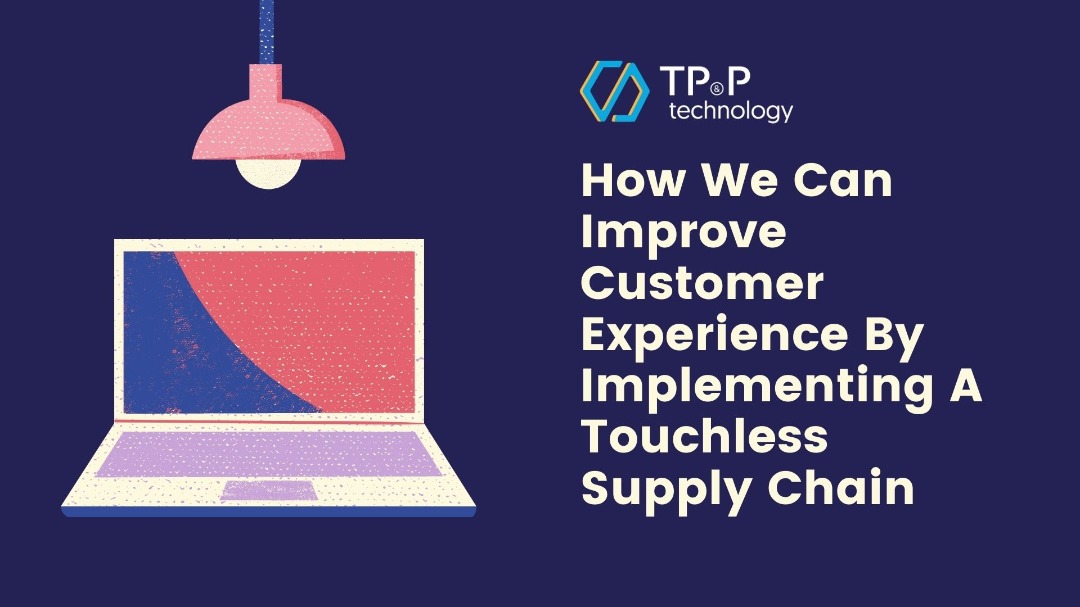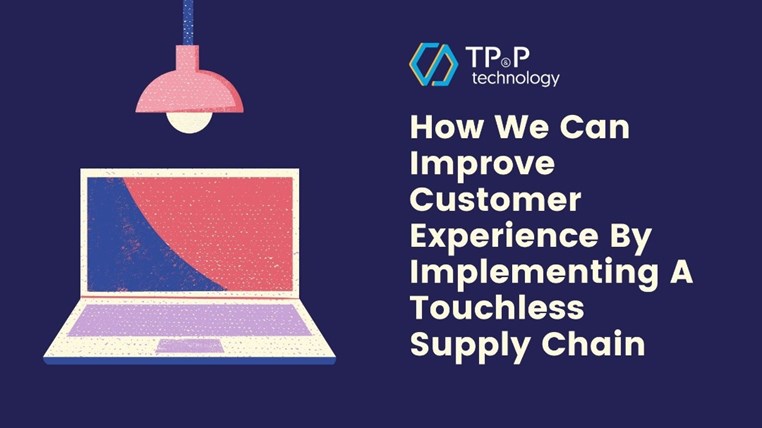
Implementing Touchless Supply Chain To Improve Customer Experience
Via digital transformation, companies can process automation and manage by exception, which makes supply chains become “touchless.” Data can flow continuously to make autonomous decisions and improve the customer experience.
A recent study reveals that customers who experience technology are more fond of using the "touchless" solutions such as cashier-free checkouts or voice and image recognition.
What does this mean for the supply chain? How can these solutions be used to induce touchless supply chain operations?
This article would focus on how a combination of digital supply chain expertise, precise supply chain data, intelligent automation, and smart analytics can help organizations moving forward the touchless business goals.
What good to know is - the more we use touchless apps in our daily lives, the more we tend to deploy touchless B2B solutions in supply chain operations. The new things and changes begin with individual action.
Order entry based on machine learning
Despite the widespread use of standardized and platform-based approaches to improve processes, many companies still manually import data from PDF and e-mail orders into their ERP systems.
Companies can use machine learning to automatically import orders into "learned" templates and import data directly into the ERP system. This can shorten the supply chain response times to new quests, do not need to map each pattern manually, and affect the accuracy of the system data. Compared to simple robotic process automation (RPA), machine learning-based order entry does not require standardized inputs, and format standardization can be performed independently.
Demand perception based on analysis
There is a misunderstanding that increased interaction between the planning functions improves the accuracy of the forecasts. However, organizations usually lack the talent or tools, and the estimates prepared manually by supply chain planners are not as precise as those generated by the touchless forecasting method.
For example, demand awareness driven by predictive analytics and machine learning can provide autonomous decision-making with limited human intervention. Data sources such as logistic data, current orders information, promotions, historical needs, and weather are often the factors that can change, which affect creating a forecast. This affects both upstream and downstream operations - minimizing friction while returning more accurate data to systems that drive supply planning and production.
Build trust through blockchain
As the importance of building connections and building trust between companies continues to grow, transparency and quick access to data are much needed to foster supplier-customer relationships. Despite direct connectivity efforts, the organization is still unable to link its providers on one platform.
Some solutions use blockchain to support B2B relationships by verifying fair-trade vendors and high-quality supplier data while reducing demand for vendor screening within seconds. These types of solutions can integrate the entire supplier ecosystem of the organization into one common platform that can simplify and encrypt supply chain supplier information and provide multiple layers of access to the data.
Take organic certification for an example. If soap manufacturers want their products to be accredited as organic, at least 95% of the constituents must be certified as organic. Manufacturers must collect information from their suppliers and their suppliers’ suppliers to verify that the soap meets organic certification requirements. This can be an arduous and time-consuming undertaking, especially if the certificate needs to be renewed regularly. The solution we’ve just mentioned can instantly access this data, save time, and support expiration date retrieval.
Use BI tools to build intelligence
Unless you have real-time access to supply chain information, all operations are not touchless. Unreliable or inaccurate data provides an erroneous point of view, leading to an organization’s costly decisions.
Business intelligence (BI) tools can collect data from various sources at different processing stages and then convert it to other ERP modules. Despite the data entry point, BI tools can be used in upstream and downstream supply chain operations, thus providing strategic consequences for decision-making.
What's next?
Technological innovation continues to drive digital transformation. In short, organizations need to keep pace with developments to gain a competitive advantage.
The latest technology to achieve this goal is no longer a novelty. Now, it has become a part of everyday life, making the company more efficient. Not only that, the appropriate combination of the latest technology and expertise can also help organizations implement touchless supply chain operations, where data can be continuously distributed to make decisions and improve the customer experience.
TP&P Technology is the top Vietnam software development company that provides digital transformation services and IT consulting services for you. If you want to know more about our solutions and services, contact us now to talk to one of our experts.


